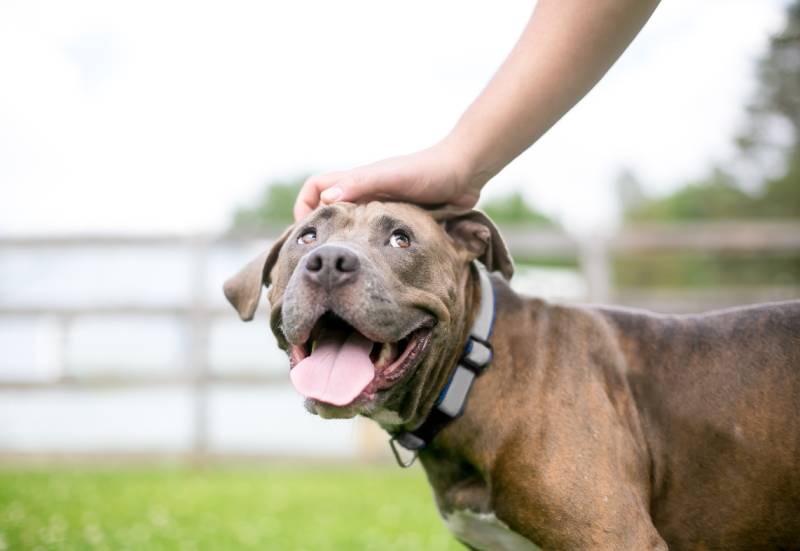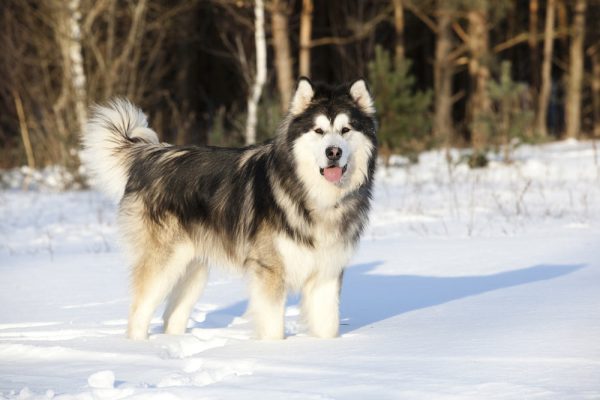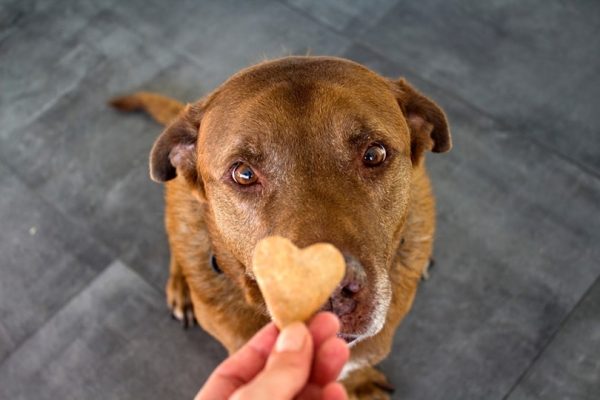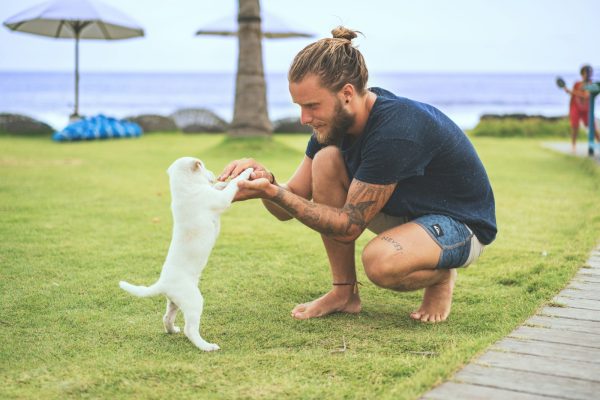In this article
View 2 More +Dogs are among the most intelligent animals on the planet, with a well-developed ability to understand and interpret human behavior. This incredible skill of empathy, combined with their unrivaled loyalty and affection towards us, has earned them the beloved title of “man’s best friend.” But as much as we might like to think that we have a solid understanding of how our canine companions perceive us, the truth is that it is not always so simple.
One school of thought suggests that dogs see humans as members of their own pack, with the relationship between owner and pet resembling that of an alpha dog and its subordinates. This view is supported by the fact that dogs often exhibit behaviors that are characteristic of pack dynamics, such as following their owner’s lead and seeking their approval. Furthermore, dogs tend to show a higher level of aggression towards strangers than they do towards their owners, which indicates that they view us as members of their own family and are more protective of us as a result.
On the other hand, we can think that they see us as something other than just members of their own species since dogs have a unique ability to understand and interpret human body language and vocalizations. Dogs are also able to form deep bonds with people, which reveals that they have a special relationship with us.
What Do We Look Like to Dogs?
Dogs possess a specific talent for reading and deciphering human body language and vocalizations that enables them to communicate with us and respond to our commands in a way that is unlike any other species. This highly developed skill helps them understand us—sometimes even when we are using words or gestures they have never heard or seen before. It is this ability that sets them apart from other creatures. For example, a dog that has been trained to fetch a ball will respond to the verbal instruction “fetch” even if the person giving the order is using a different voice or pointing in a different direction than usual.
This ability to comprehend and analyze human behavior demonstrates that dogs see us as something more than just other dogs and that they are able to view us as beings that have their own unique ways of communicating.
In many ways, this ability to grasp and recognize human behavior is what makes dogs such incredible companions. It encourages us to form a special bond with them and empowers canines to relate to and respond to our needs in a way that is unlike almost any other species. So, the next time you interact with your furry friend, remember that they are experiencing you in a complex and nuanced way and that they likely do not see you as a dog.
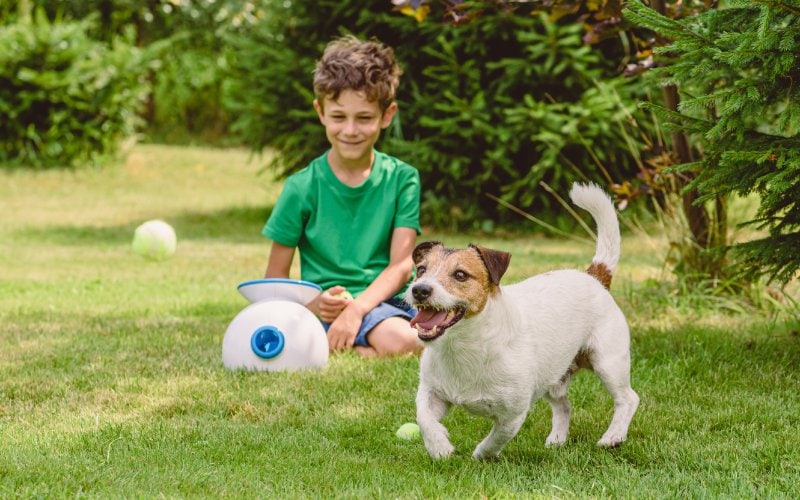
Factors That Influence How Dogs View Humans
The way dogs view humans is likely influenced by many different factors, including their individual experiences and their relationship with their human companions. For example, a dog that has been well-trained and has a good relationship with their owner may view humans in a positive light: as someone who provides them with food, shelter, and love. On the other hand, a dog that has been neglected or mistreated may view humans with fear or suspicion as someone who has caused them pain or harm.
In addition to their individual experiences, a dog’s breed can also influence how they view humans. For example, some breeds, such as Golden Retrievers and Labradors, are known for their friendly and outgoing personalities and may be more likely to view humans favorably. Other breeds, such as German Shepherds and Rottweilers, are known for their strength and protectiveness, and they may be more likely to view humans as pack leaders or members of their own “family”.
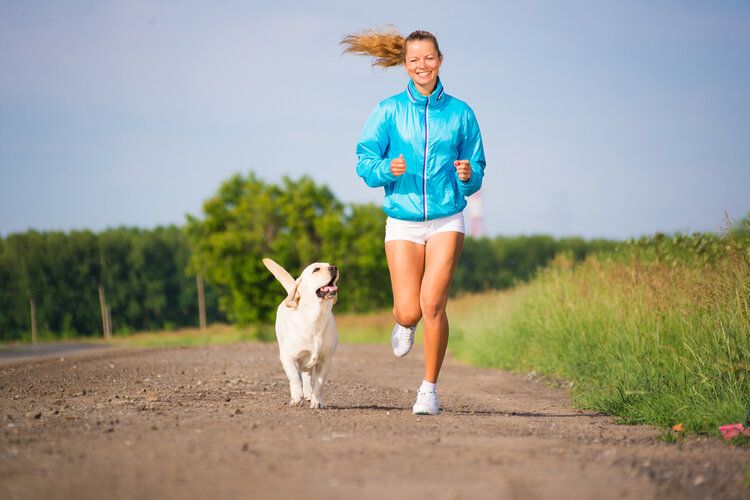
Dogs and People as a Pack
Dogs are social animals, and they have a natural instinct to form groups or “packs” with other members of their species. In the wild, these communities are led by an alpha—male or female—who makes the critical decisions for the collective, such as where to hunt for food or where to sleep at night. In a domestic setting, dogs may view their human owners as the alpha members of their pack, and they may exhibit behaviors that are typical of pack dynamics, such as following their owner’s lead, seeking their approval, and defending them from perceived threats.
When dogs are faced with a difficult decision, such as choosing between two different treats, they are likely to look to their owner for direction and adopt their guidance. This behavior is similar to what is seen in wild dog packs, where the alpha members make the major judgment calls for the group. Another piece of evidence for dogs treating their owners as part of their pack comes from the way that dogs behave towards unfamiliar people. In many cases, dogs will show a higher level of aggression towards outsiders than they do towards their owners, which might indicate that they see their owners as members of their own pack and are more protective of them.
So, dogs understand that you are not a dog. They are smart enough to know that you don’t look like a dog, don’t act like a dog, don’t smell like a dog, and certainly don’t communicate like a dog. But to dogs, people are in a distinct category, different from all other animals. Humans and dogs have co-evolved for over 30,000 years! Descended from wolves, canines are accustomed to a hierarchical society in which the dominant and intelligent lead. It is only natural that the significant people in a dog’s life—usually the owners of the dog—would form part of the dog’s social order. We can theorize that to your dog, you represent a very useful, non-dog pack participant.
Conclusion
In conclusion, while it’s difficult to say for certain what dogs think about humans, they very likely don’t view us as other dogs. Instead, dogs see humans as unique beings that they share a unique bond with, and they are able to understand and interpret our behavior in a way that is unlike any other species with whom we interact. This ability to discern and make meaning from human behavior, combined with their faithfulness and tenderness towards us, is what makes dogs such wonderful pets and companions.
So, the next time you look into your furry friend’s eyes, remember that they see you as something special—much more than just another member of their own species.
See also:
Featured Image Credit: Mary Swift, Shutterstock
